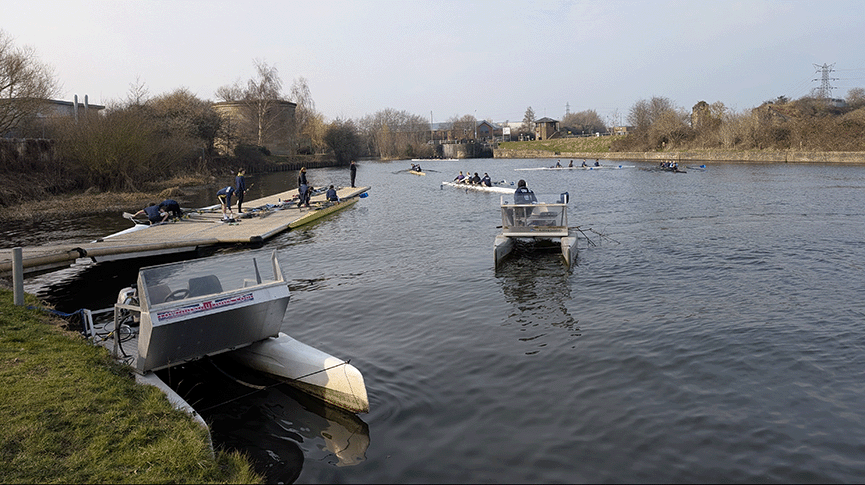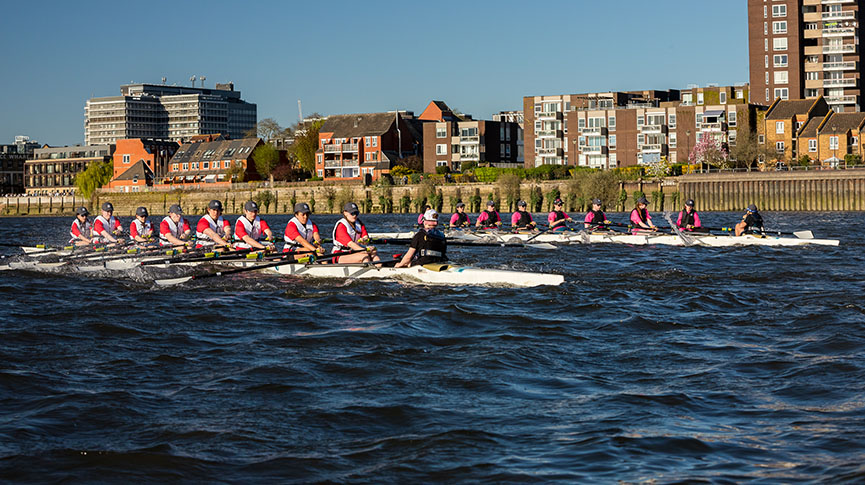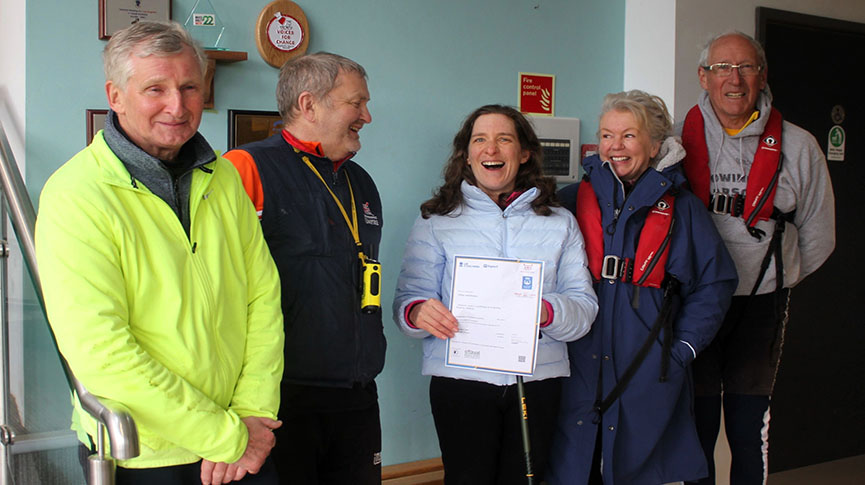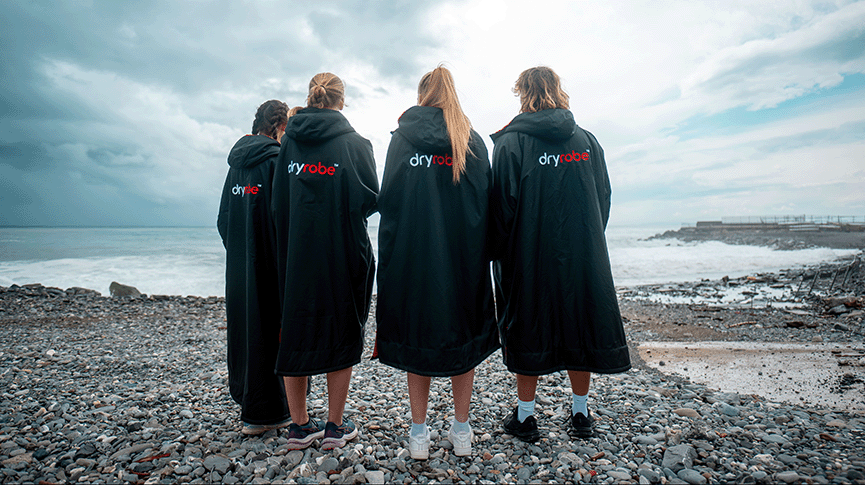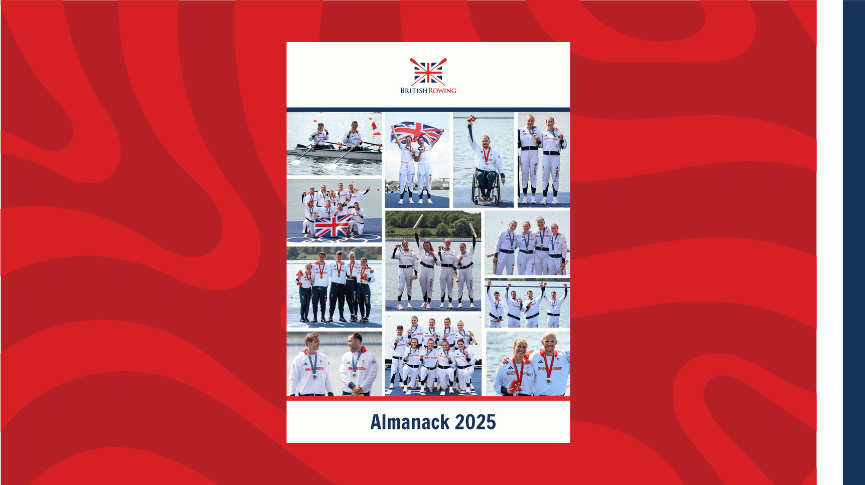Ellie Piggott’s 2,000m race plan
GB rower Ellie Piggott delves into how she prepares for a 2,000m race from tapering to staying focused and everything in between
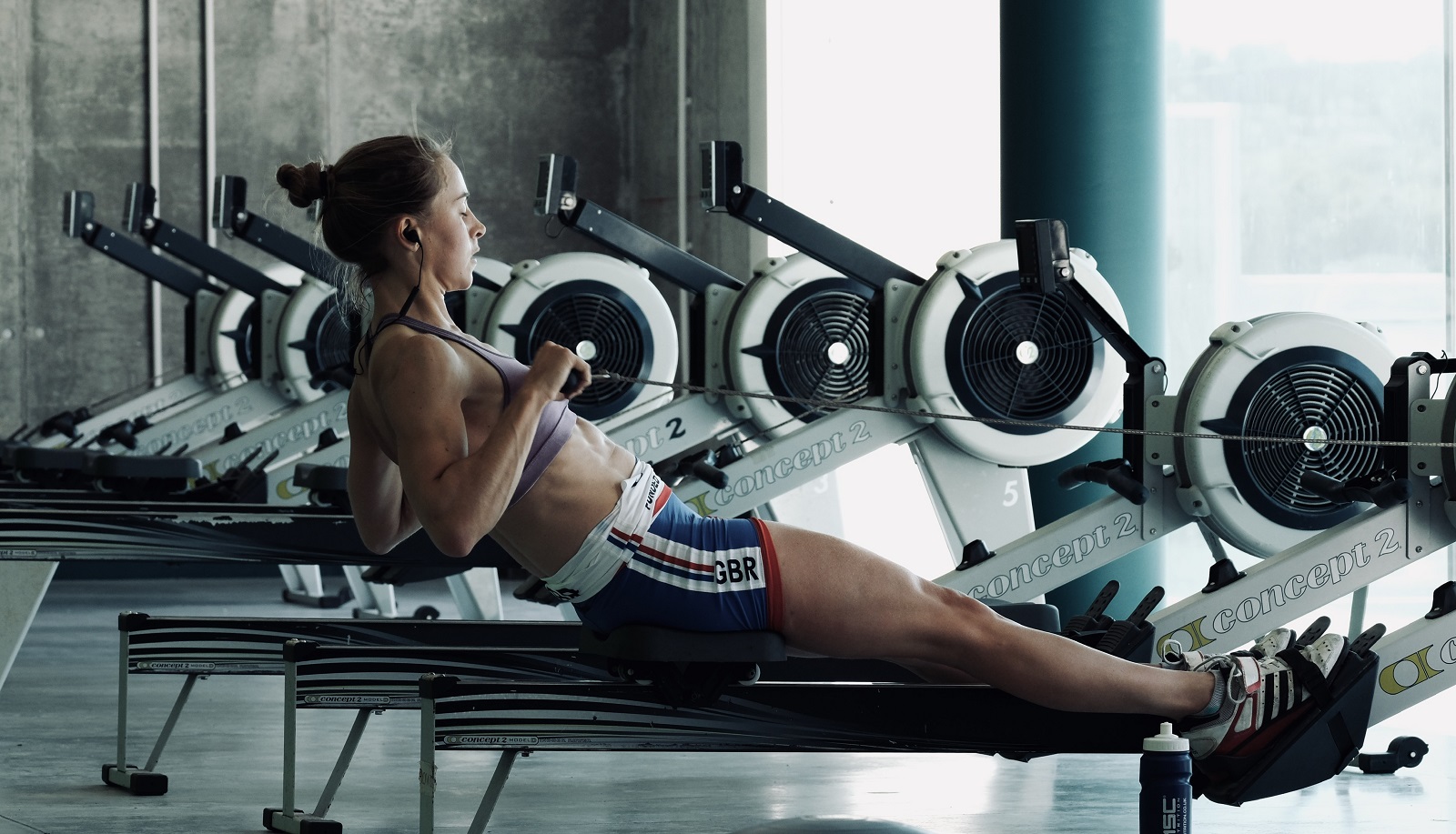
Photocredit: Pete Reed
GB rower Ellie Piggott shares how she maximises her time on the indoor rowing machine and her race tips for a 2,000m, just in time for the Mizuno British Rowing Indoor Championships.
What’s your advice for making the most out of your indoor rowing workout?
“Before you start, have a clear plan of what session you are going to do, and what training benefit you want from it. For example, 10 x 1min intervals to improve your anaerobic system, or a steady 45min row for aerobic training. This helps avoid ‘session creep’, where you end up pulling harder or lighter than you intended and all your sessions are similar. This clarity and therefore variety will also keep you motivated – no one wants to do the same session every time!
“Know how you like the rowing machine set up, and make sure you do this for each indoor rower. Feet height numbers are the same across models, but the drag factor differs so you may need a different number on the fan to achieve the same drag. More is not always better here – don’t be tempted to whack it up to 10, we use the range 125-140. By setting up each rowing machine in the same way, it will feel more comfortable for you and you’ll have a more effective workout.”
Don't forget you can have this exclusive content before everyone else if you sign up the Go Row Indoor Newsletter here.
What do you always bring with you to an indoor rowing workout?
“My indoor rowing essentials are my weights shoes, a big drinks bottle filled with fluid, and my phone and earphones for music.”
What do you like to listen to when you do a long indoor rowing session?
“I like to listen to Spotify playlists, as I like a mix of songs I know well and new ones. This summer my favourites were Feel Good Friday, Summer Hits UK, and Have a Great Day.”
What would your advice be to someone who wants to increase the amount of indoor rowing they’re doing from a 5 minute warm up to a 20-minute workout?
“Build up gradually, adding on an extra 5 minutes each time, and be as consistent as you can. There are two important numbers on the rowing machine screen, the split per 500m and the rate (number of strokes per minute).
“Pick a rate to stick to e.g. 20 and then aim to pull as close to the same split as you can for the whole session. It’s easy to go off pulling too hard and then suffer a lot later on! Being more consistent will give you a better training benefit and also be much more enjoyable. Over time you can then aim to reduce the average split as you get fitter.”
With #BRIC18 just over a month, away Ellie gives an insight into how she prepares for a 2,000m race.
Do you taper before a 2,000m?
“Tapering involves a reduction in volume and an increase in intensity, so I’d do fewer long steady rows, and more race-specific sessions like 2 x 1000m at race pace and 2 x 500m off the start and mid pace.”
What are your top tips for a lightweight rower taking on a 2,000m race?
“Do your research before the event so you are clear what weight you need to be, and where and when the weigh-in is. Make a clear plan of what you are going to eat on race day, from when you wake up, through weigh in and then your recovery food. It’s easy to overeat after weigh in and then feel too full for the race, so make sure you know how much you want to eat at that point.”
What’s your 2,000m race plan?
“The most important thing about a race plan is that you are excited to go out and execute it. Keep it simple – in the heat of the race, you won’t be able to remember lots of detail.
“I tend to have a clear focus for each 500m, and then a technical reminder at the markers e.g. at 500m gone, sit tall. If you have a strong memory of a good performance, then try putting that in at halfway to harness the positive emotion connected with it. Make sure you practice it (either as a whole or in parts) in the run-up to BRIC, and refine as necessary.”
How do you stay race focused at a busy event like BRIC?
“It’s a challenge – there’s a lot going on, lots of people, lots of noise, a lot busier than a usual rowing club environment. Make a clear timing plan before the day so you are clear where you need to be when – including that last toilet stop – and then have it on your person up until you race. Do the same with your race plan, and if you find yourself getting caught up in the business, come back to focusing on yourself and run through your race plan in your head.”
What are you relay tips?
“Practice, practice, practice! Talk through the plan with your team so everyone is clear on the procedure and where they need to move and when.
“Then practice changing over as a team – hopefully, things will go wrong (such as someone coming off their seat) and then you have an opportunity to respond as a team as it happens, and then chat it through afterwards so you’re prepared if something like that happens in the real race.”
Entries for the British Rowing Indoor Championships are open until 28 November 2018, last years event sold out so book now to avoid missing out!


